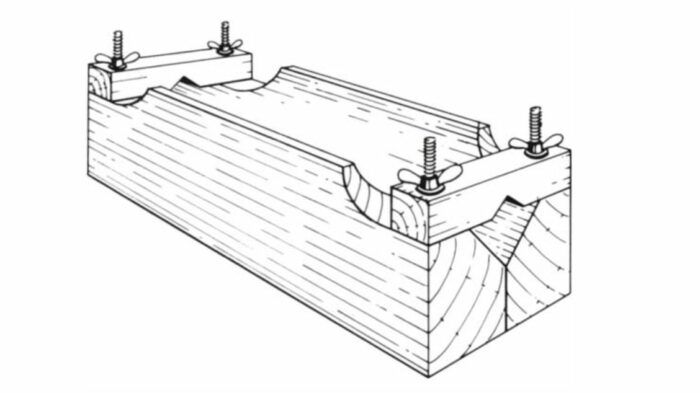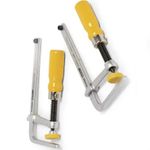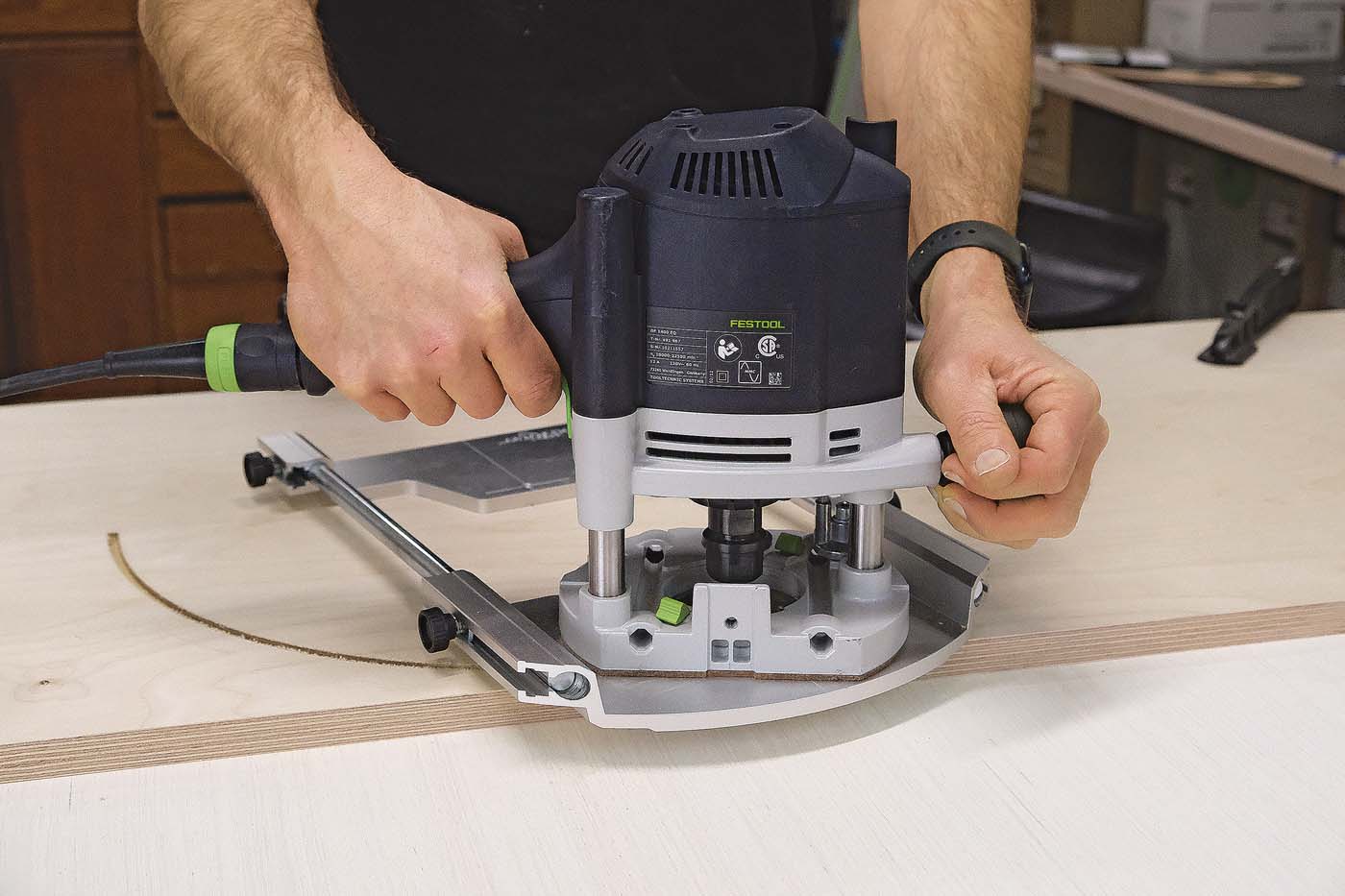How to make a better V-block
Use construction lumber and screws from the hardware store to clamp round workpieces more securely
Excerpt from Fine Woodworking #10—Spring 1978
While making a flageolet, a small flute that resembles a recorder, I ran into difficulties in laying out and drilling the holes and in holding the flageolet down while working on it. Although I used a V-block, the slightest jiggle caused misalignments that became painfully evident after all the holes were bored. By adding two clamps atop the block and using a fence for the drill-press table, I was able to drill the holes in successive flageolets precisely and predictably. Mounted in a workbench vise, my modified V-block held the flageolets securely while I worked the windways, channels, and slots.
To make this V-block, you need less than 2 ft. of construction-grade 2×4, 6 in. of 1×1, and four hanger bolts with wing nuts and washers. The two 45° bevels that make up the 90° V are planed on the jointer and then carefully aligned before gluing. The clamps and the coves at the end of the body are bandsawn; a spindle or drum sander does a nice job of cleaning up the curves. Most of the dimensions are not critical.
More from the archive:
 |
DIY dowel makerTrevor Robinson demonstrates how to make dowels without a lathe. |
 |
How to hang a doorTage Frid gives tips on installing an entry door and picking the right jamb. |
 |
Shopmade veneer trimmerThis simple DIY trimmer works well on hard and wavy veneer. |
Fine Woodworking Recommended Products

Incra Miter 1000HD

MicroJig Matchfit dovetail clamps

Woodriver Circle Cutting Jig





















Log in or create an account to post a comment.
Sign up Log in